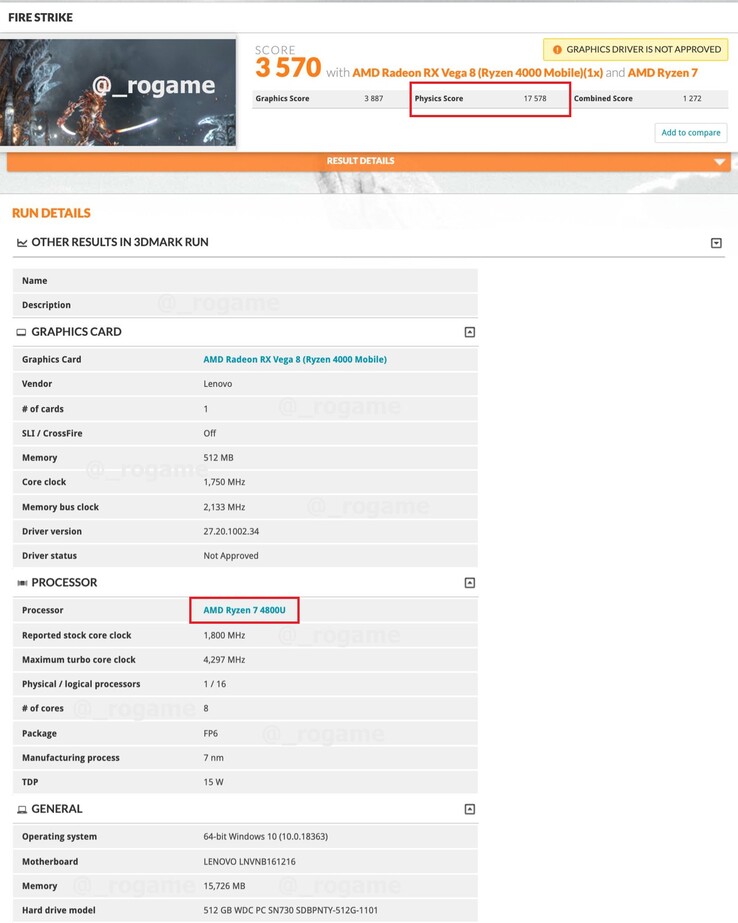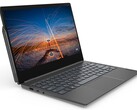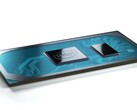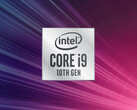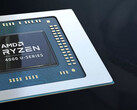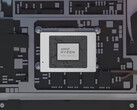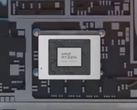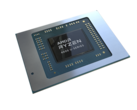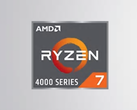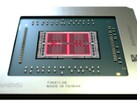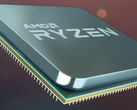A potent combination of an AMD Ryzen 7 4800U and a Lenovo Yoga Slim 7 has been found racking up formidable scores on 3DMark’s Fire Strike benchmark. We already reported about this Ryzen 4000 APU throwing up an amazing result of 18,588 points on the same benchmark in the past, but the system used for that run was not named. This time around, we have a new Lenovo Yoga Slim 7 and RAM @4,266 MHz to help speed things along.
Comparisons with the AMD Ryzen 7 4800U are a little tricky; for instance, in the past we compared the Renoir APU’s score with that managed by the Intel Core i9-9880H due to both processors wielding 8 cores and 16 threads. If we attempt to compare by TDP (and discount Intel’s notoriety in this regard) then the 15 W Ryzen 7 4800U APU can take on the 15 W Intel Core i7-1065G7. The Renoir part thrashes the Ice Lake chip in the Fire Strike Physics Score, but the AMD APU has twice the amount of cores and threads here.
The tipster _rogame compared the AMD Ryzen 7 4800U’s result with an unnamed Tiger Lake-U part, the powerful Ryzen 9 4900HS, and the 45 W Comet Lake Core i7-10750H. The Ryzen 7 4800U's score is close to the reported i7-10750H’s result and even more so when compared to our own results with the same Intel processor. But now energy consumption becomes a massive factor: The Ryzen 4000 APU in the Lenovo Yoga Slim 7 utilizes an iGPU; the Core i7-10750H in _rogame’s post has a 15 W Nvidia GeForce MX350 alongside it while the Acer Predator Triton 500 we tested for a median result of 17,703 points featured a power-sucking Nvidia GeForce RTX 2060 mobile GPU.
For additional clarity, all the results can be compared in the table below. It all boils down to the fact that taking into account core count and power consumption, the AMD Ryzen 7 4800U in the Lenovo Yoga Slim can cook up a great synthetic benchmark performance without cooking up the internals or your electricity bills. The new Intel Core i7-10875H, which also has 8 cores and 16 threads, can amass much higher Fire Strike Physics Score results, but yet again as a 45 W part with significantly higher clock rates it wields an imbalanced power advantage.
| AMD Ryzen 7 4800U | Core i9-9880H | Core i7-10750H | Core i7-10875H | Core i7-1065G7 | |
|---|---|---|---|---|---|
| Cores/threads/TDP | 8/16/15 W | 8/16/45 W | 6/12/45 W | 8/16/45 W | 4/8/15 W |
| Fire Strike Physics Score | 17,578 points (Lenovo Yoga Slim) | 17,729 points (median) | 17,703 points (median) | 21,426 points (median) | 11,097 points (median) |





